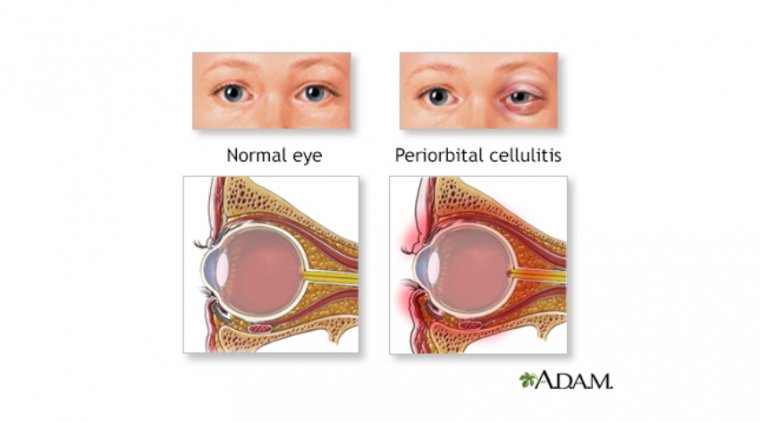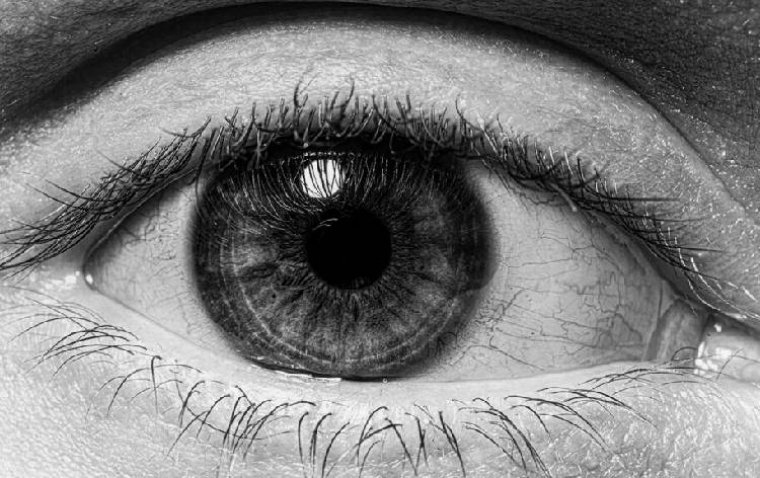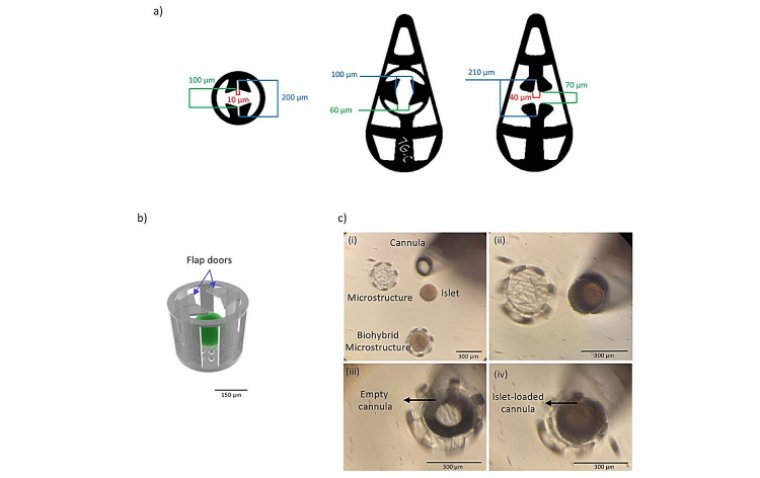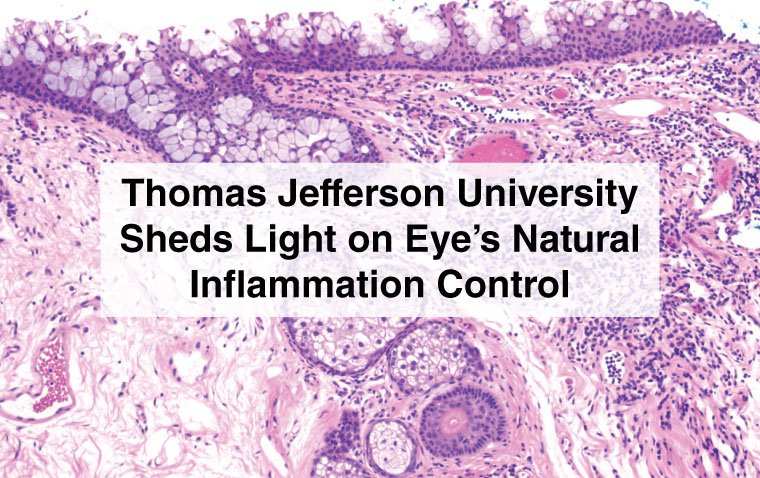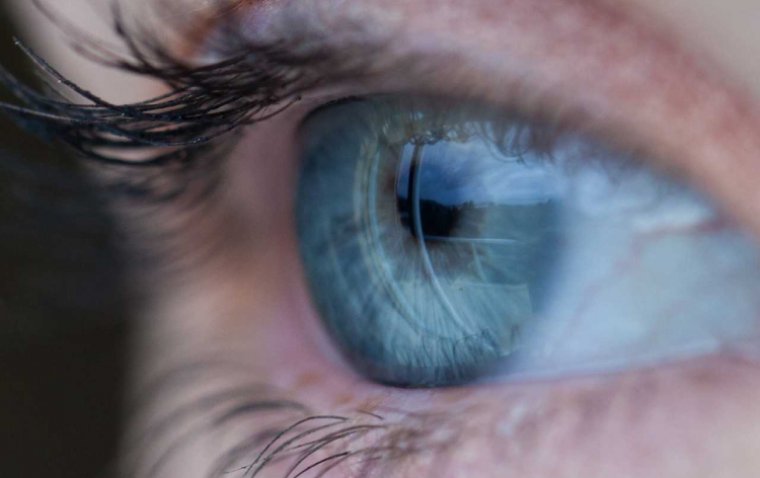
Researcher Warns Against Low-Level Red Light Therapy for Myopia Control
A cautionary note has been sounded by a researcher from the University of Houston's College of Optometry regarding the use of low-level red light (LLRL) therapy for controlling myopia, particularly in children. Despite recent studies touting its effectiveness in reducing myopia progression, the researcher raises concerns about the safety of the treatment.
According to Lisa Ostrin, an associate professor at the UH College of Optometry, LLRL therapy may pose risks to the retina, exposing it to potential photochemical and thermal damage. She suggests that the rush to embrace this therapy as a myopia treatment may have outpaced the establishment of proven safety standards.
Ostrin's recommendation is clear: "Based on measurements in our laboratory, it is recommended that clinicians strongly reconsider the use of LLRL therapy for myopia in children until safety standards can be confirmed." Her findings, published in The College of Optometrists journal, shed light on the potential dangers associated with LLRL therapy.
One of the LLRL devices, endorsed for myopia treatment, has reportedly been used in over 100,000 pediatric patients. However, Ostrin's research challenges the safety claims, stating, "The safety profiles of red-light laser devices for myopia have not been fully investigated."
The LLRL therapy involves children looking into a red light-emitting instrument for three minutes, twice a day, five days a week, over an extended treatment period. Ostrin's research, which evaluated two different LLRL devices, found that the luminance dose approached or surpassed the maximum permissible exposure (MPE), potentially putting the retina at risk of photochemical damage.
Despite both LLRL devices being classified as Class-1 laser products, meeting safety standards set by the International Electrotechnical Commission, Ostrin contends that they are unsafe for continuous viewing over the prescribed three-minute treatment duration.
Class-1 lasers are generally considered safe when viewed briefly and accidentally, but Ostrin's research highlights potential thermal ocular injuries from prolonged exposure, emphasizing that thermal damage can occur at any wavelength when the temperature change of the retina exceeds 10°C.
The study, published in the journal Ophthalmic and Physiological Optics, serves as a critical call for further investigation into the safety of LLRL therapy, particularly in the context of treating myopia in children, before widespread adoption can be deemed appropriate.
(1).jpg)



